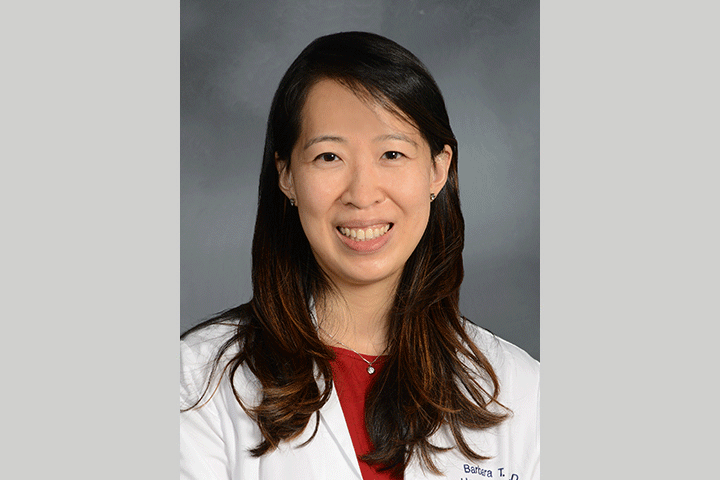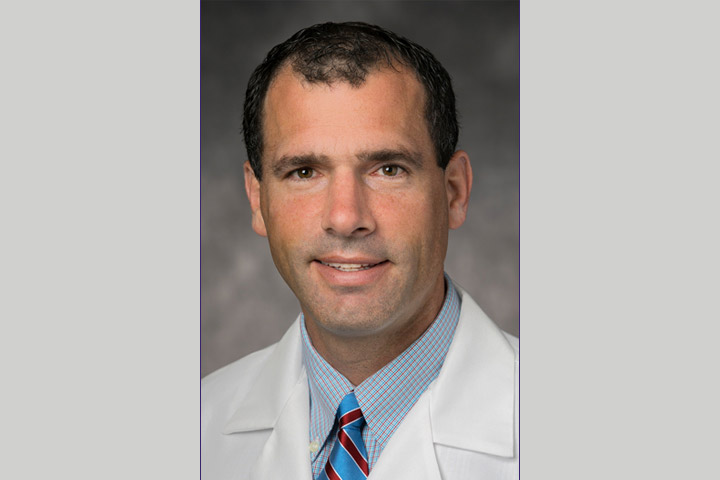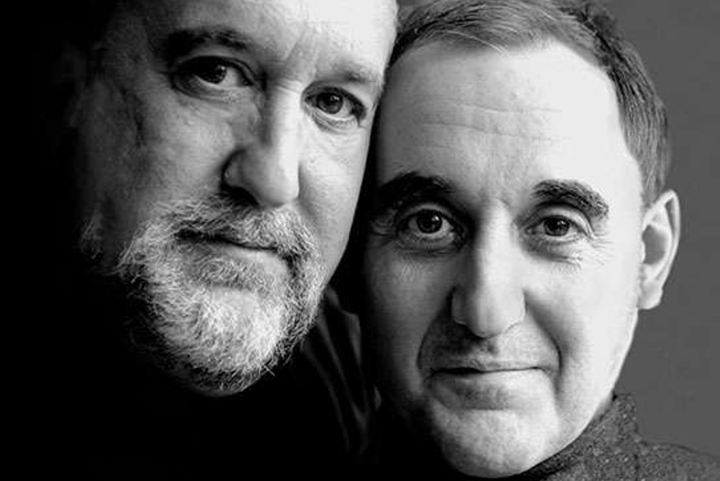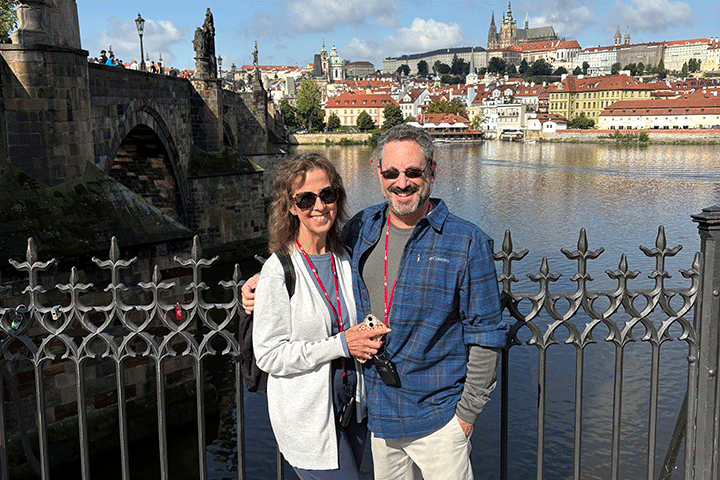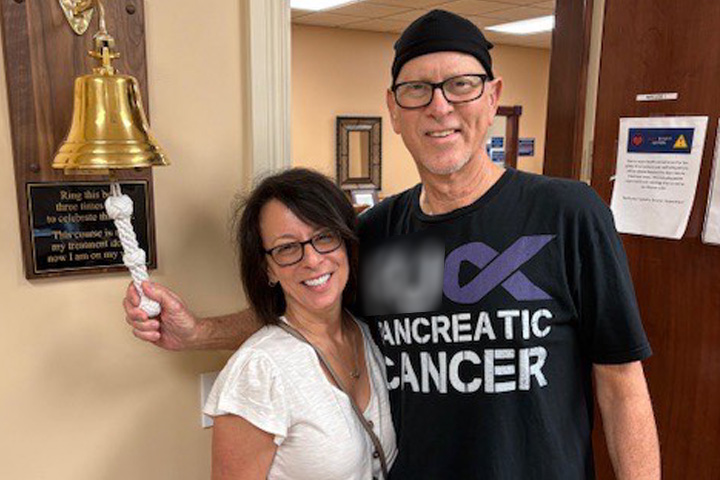Twice Facing Pancreatic Cancer
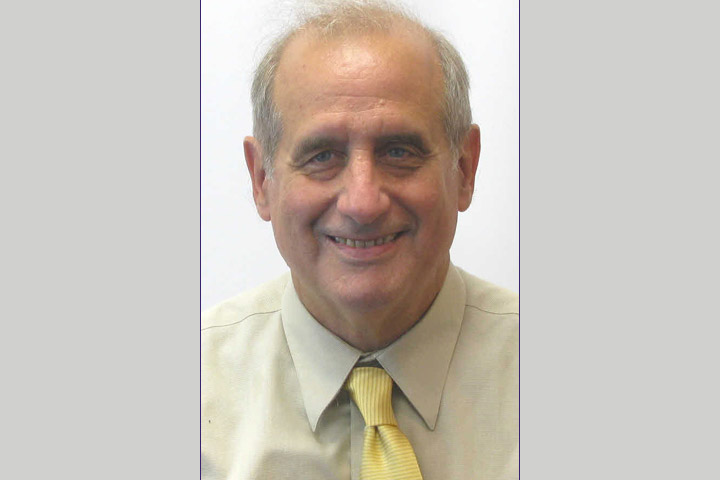
- Jaundice leads to diagnosis and a Whipple procedure
- CyberKnife radiation, conventional radiation, and chemotherapy to kill any remaining cells
- Liver metastasis found three years later; removed by surgery
I was first diagnosed with pancreatic adenocarcinoma in August 2007.
I was traveling to our country home in the Berkshires with my wife Karen and my son, when they noticed that I was yellow. I knew that meant I was jaundiced, but I was not in any pain. I called my doctor at home in Boston, and he recommended I go to the local hospital. After a night in the hospital, the blood tests and CT scan were inconclusive, so we drove back home and went to Beth Israel Deaconess Medical Center in Boston.
A doctor there thought the problem might be a gallstone, but the possibility of pancreatic cancer crossed our minds, because my mother had died from this disease. We decided to be optimistic about the cause of my jaundice. But the team of gastrointestinal specialists told us that it was very likely to be a tumor. I had another CT scan, and the next day I had an endoscopic biopsy, which confirmed that I had pancreatic cancer.
The First Time Around: Surgery, CyberKnife, Radiation, Chemo
We were devastated by this news, but my family was determined to take this on as a mission to bring me back to good health. Because the tumor was small, I was a candidate for the Whipple procedure. We met with Dr. Mark Callery and his surgical team, who explained the surgery and recovery process. I scheduled the surgery for the next week.
During that week before surgery, Karen and I visited and spoke to family and friends. We decided to use CaringBridge as a way to communicate with everyone, rather than having to make many phone calls. This helped me feel in control of my situation.
The surgery was a success, although the recovery was long. But I was in good health before the diagnosis and I believe that contributed to my recovery. Although my lymph nodes showed no signs of cancer, my oncologist Dr. Michael Goldstein (now retired) recommended that I have CyberKnife radiation to kill the few cancer cells that remained at the post-surgical pancreatic margin. In 2007, CyberKnife was an experimental treatment for pancreatic cancer.
After the CyberKnife treatments ended I had five weeks of conventional abdominal radiation and then 12 weeks of chemotherapy with gemcitabine. My radiation oncologist, Dr. Anand Mahadevan (now at Geisinger Medical Center in western Pennsylvania), was particularly inspiring to me. The conventional radiation treatments and chemotherapy caused side effects of skin rashes and extreme fatigue.
Throughout everything I made a great effort to stay positive, taking the time to think about my life, my health, and my family. This helped me gain a great perspective from my situation and use the disease as an opportunity to grow emotionally.
Pancreatic Cancer Returns
After recovering from the radiation and chemotherapy I went back to living my regular life. I was feeling great. I had regular checkups and scans. But in 2010 a routine scan found a spot on my liver—the cancer was back. I was then offered palliative, end-of-life care. I refused to accept this and demanded treatment that was bold, aggressive, decisive, and rapid!
The hospital’s tumor board met and agreed to my request for a PET scan and, if no spread beyond my liver was detected, liver surgery to remove the tumor. No additional metastasis was observed. I had liver surgery with Dr. Douglas Hanto to remove the tumor. I had a severe post-surgical abdominal infection, and it took me a couple of months to recover.
I had no significant side effects from either the Whipple or liver surgery until very recently. I spent the last five days of 2018 in the hospital undergoing treatment for cholangitis, an infection in my bile duct. This is a side effect experienced by some Whipple patients even 10 to 15 years after surgery.
The Ripple Effect and Life After Cancer
I am now 70 years old, living in Florida and pursuing a full-time career as a professor at the Charles E. Schmidt College of Medicine, Florida Atlantic University in Boca Raton. Since my liver surgery I have been cancer-free. I get regular checkups with my internist Dr. Nicolas Breuer, who orders CA 19-9 tumor marker measurements and MRI checkups with Dr. Stephen Steinberg, a pancreatic and hepatobiliary specialist, both affiliated with Boca Raton Regional Hospital.
My cancer journey made me a strong believer in what I call “the power of choice.” Even though I could not master all the medical and life events that swirled around me during my cancer battle, I chose to consciously control my emotional reactions to these events by maintaining a very positive attitude. I realized that the more positive I could keep my own outlook, the more positive my loved ones, friends, and others around me could be. This helped foster a powerful healing community that filled me with spiritual nourishment throughout my cancer battle.
In 2014 I wrote The Ripple Effect: How a Positive Attitude and a Caring Community Helped Save My Life, to share my thoughts with those facing pancreatic cancer and other serious illnesses. Since then, I’ve transitioned from pancreatic cancer patient to survivor to pancreatic cancer advocate. Based on my experience with this disease, I regularly provide advice and support to pancreatic cancer patients and their loved ones. My belief is that making a conscious choice to remain positive can help empower us through life-threatening illness and recovery and help spare our families from all-too-frequent emotional devastation.
Watch Steven tell his story in “Bold, Aggressive, Decisive, and Rapid.”
